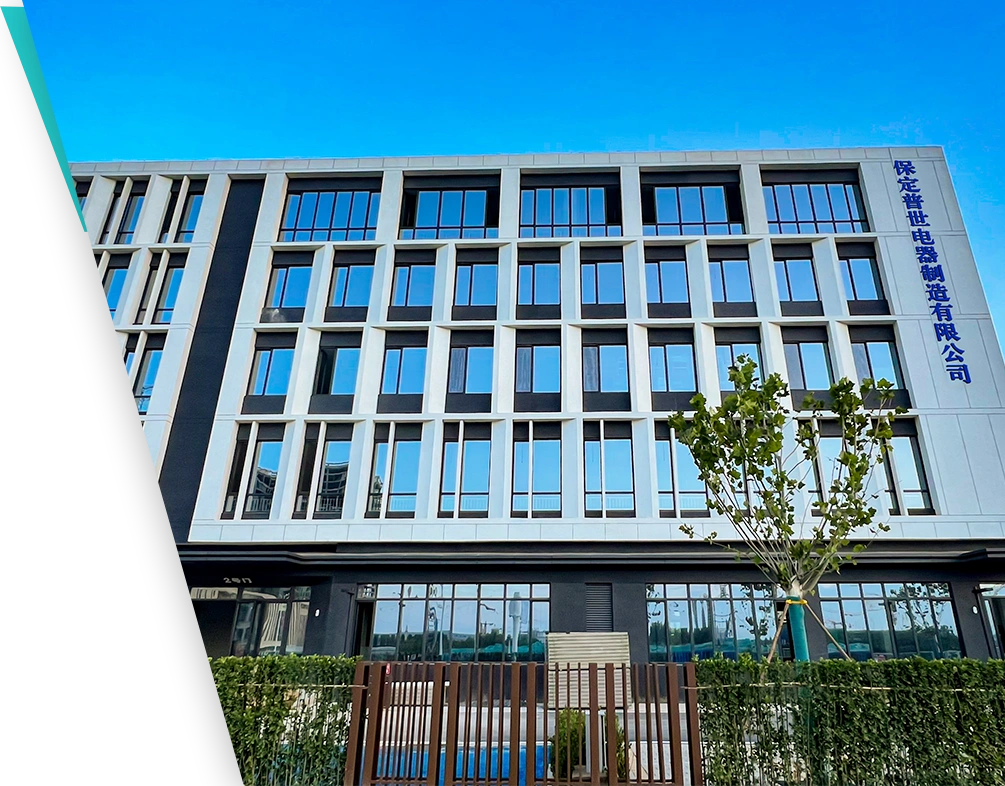 English
English



-
 Afrikaans
Afrikaans -
 Albanian
Albanian -
 Amharic
Amharic -
 Arabic
Arabic -
 Armenian
Armenian -
 Azerbaijani
Azerbaijani -
 Basque
Basque -
 Belarusian
Belarusian -
 Bengali
Bengali -
 Bosnian
Bosnian -
 Bulgarian
Bulgarian -
 Catalan
Catalan -
 Cebuano
Cebuano -
 China
China -
 China (Taiwan)
China (Taiwan) -
 Corsican
Corsican -
 Croatian
Croatian -
 Czech
Czech -
 Danish
Danish -
 Dutch
Dutch -
 English
English -
 Esperanto
Esperanto -
 Estonian
Estonian -
 Finnish
Finnish -
 French
French -
 Frisian
Frisian -
 Galician
Galician -
 Georgian
Georgian -
 German
German -
 Greek
Greek -
 Gujarati
Gujarati -
 Haitian Creole
Haitian Creole -
 hausa
hausa -
 hawaiian
hawaiian -
 Hebrew
Hebrew -
 Hindi
Hindi -
 Miao
Miao -
 Hungarian
Hungarian -
 Icelandic
Icelandic -
 igbo
igbo -
 Indonesian
Indonesian -
 irish
irish -
 Italian
Italian -
 Japanese
Japanese -
 Javanese
Javanese -
 Kannada
Kannada -
 kazakh
kazakh -
 Khmer
Khmer -
 Rwandese
Rwandese -
 Korean
Korean -
 Kurdish
Kurdish -
 Kyrgyz
Kyrgyz -
 Lao
Lao -
 Latin
Latin -
 Latvian
Latvian -
 Lithuanian
Lithuanian -
 Luxembourgish
Luxembourgish -
 Macedonian
Macedonian -
 Malgashi
Malgashi -
 Malay
Malay -
 Malayalam
Malayalam -
 Maltese
Maltese -
 Maori
Maori -
 Marathi
Marathi -
 Mongolian
Mongolian -
 Myanmar
Myanmar -
 Nepali
Nepali -
 Norwegian
Norwegian -
 Norwegian
Norwegian -
 Occitan
Occitan -
 Pashto
Pashto -
 Persian
Persian -
 Polish
Polish -
 Portuguese
Portuguese -
 Punjabi
Punjabi -
 Romanian
Romanian -
 Russian
Russian -
 Samoan
Samoan -
 Scottish Gaelic
Scottish Gaelic -
 Serbian
Serbian -
 Sesotho
Sesotho -
 Shona
Shona -
 Sindhi
Sindhi -
 Sinhala
Sinhala -
 Slovak
Slovak -
 Slovenian
Slovenian -
 Somali
Somali -
 Spanish
Spanish -
 Sundanese
Sundanese -
 Swahili
Swahili -
 Swedish
Swedish -
 Tagalog
Tagalog -
 Tajik
Tajik -
 Tamil
Tamil -
 Tatar
Tatar -
 Telugu
Telugu -
 Thai
Thai -
 Turkish
Turkish -
 Turkmen
Turkmen -
 Ukrainian
Ukrainian -
 Urdu
Urdu -
 Uighur
Uighur -
 Uzbek
Uzbek -
 Vietnamese
Vietnamese -
 Welsh
Welsh -
 Bantu
Bantu -
 Yiddish
Yiddish -
 Yoruba
Yoruba -
 Zulu
Zulu
Applications and Techniques in Gas Chromatography Mass Spectrometry for Chemical Analysis
Understanding Gas Chromatography-Mass Spectrometry (GC-MS)
Gas Chromatography-Mass Spectrometry (GC-MS) is a sophisticated analytical technique that combines the features of gas chromatography and mass spectrometry to identify and quantify substances within a sample. It has become an essential tool in various fields such as environmental monitoring, pharmaceuticals, forensic science, and food safety.
Principles of GC-MS
The process begins with gas chromatography, where a sample is vaporized and carried through a column filled with a stationary phase by an inert carrier gas, often helium or nitrogen. As the sample travels through the column, different components of the mixture interact with the stationary phase to varying degrees, causing them to separate based on their volatility and affinity for the column’s material. This separation results in distinct peaks on a chromatogram, with each peak corresponding to a different compound.
Once separated, the individual components are sent to the mass spectrometer. The mass spectrometer operates on the principle of ionizing the compounds to generate charged particles (ions). These ions are then accelerated through an electric field and separated based on their mass-to-charge ratios (m/z). The resulting data is analyzed and displayed as a mass spectrum, which shows the relative abundance of ions at different mass values. By comparing the mass spectrum of the sample with known standards in a database, analysts can identify the compounds present.
Applications of GC-MS
Understanding Gas Chromatography-Mass Spectrometry (GC-MS)
In the pharmaceutical industry, GC-MS is indispensable for drug testing and quality control. It allows for the detection of active pharmaceutical ingredients and the identification of impurities or degradation products, ensuring that medications are safe and effective.
gas chromatography mass

In forensic science, GC-MS plays a crucial role in toxicology, where it is used to analyze biological samples (like blood, urine, or tissue) for substances such as drugs or poisons. This application is vital for criminal investigations and determining causes of death.
The food industry also benefits from GC-MS. It is employed to detect contaminants, assess food quality, and ensure compliance with safety standards. The ability to analyze complex mixtures makes GC-MS particularly valuable for identifying flavoring agents, preservatives, and potential allergens.
Benefits and Challenges
The advantages of GC-MS include its high sensitivity and specificity, making it capable of detecting trace levels of compounds. The method is also relatively quick, allowing for high-throughput analysis in busy laboratories. Furthermore, the combination of chromatography and mass spectrometry enables detailed characterization of chemical compounds.
However, there are challenges associated with GC-MS. Sample preparation can be time-consuming and requires careful handling to avoid contamination. Additionally, not all compounds can be analyzed using GC-MS; for example, polar or thermally unstable substances may require different techniques.
Conclusion
In conclusion, GC-MS is a powerful analytical tool that has revolutionized the way we analyze complex mixtures in various fields. Its ability to provide both qualitative and quantitative insights into chemical compounds makes it an invaluable asset for researchers and professionals alike. As technology continues to advance, GC-MS will likely see further enhancements in sensitivity and efficiency, leading to even broader applications and increased reliability in analytical results.
-
Testing Equipment Industry Sees Major Advancements in 2025: Smart & Precision Technologies Lead the WayNewsJun.06,2025
-
Applications of Direct Current Generators in Renewable Energy SystemsNewsJun.05,2025
-
Hipot Tester Calibration and Accuracy GuidelinesNewsJun.05,2025
-
Digital Circuit Breaker Analyzer Features and BenefitsNewsJun.05,2025
-
Benefits of Real-Time Power Quality Monitoring Devices for Industrial EfficiencyNewsJun.05,2025
-
Earth Fault Loop Testing in High-Rise Building Electrical SystemsNewsJun.05,2025



